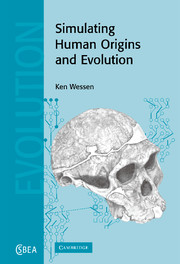1 - Introduction
Published online by Cambridge University Press: 14 August 2009
Summary
When considering the natural world, it is impossible not to be astounded at the extraordinary diversity of species it contains, and such feelings can only be magnified by the further realisation that what we are seeing is merely a ‘snapshot’ of the four thousand million year history of life on this planet. Understanding the generation of such a complex situation seems almost totally beyond comprehension, and, indeed, in many respects it is; but, like wonder and astonishment, curiosity is also a fundamental human trait, and through the efforts of many remarkable individuals, significant insight into the source and development of this diversity has been achieved.
Most notable was the discovery by the young Charles Darwin, travelling as a biologist on the Beagle in the early 1830s, that all species are related by common descent, and that the vast diversity observed is simply a product of the accumulation of small, but favourable, modifications over enormous periods of time. However, there remained the problem of explaining the inheritance of these modifications, since any form of inheritance where features in offspring are some kind of average of parental features would simply lead to dilution and eventual loss of favourable mutations. A solution was eventually provided by the work of the Austrian monk Gregor Mendel.
- Type
- Chapter
- Information
- Simulating Human Origins and Evolution , pp. 1 - 14Publisher: Cambridge University PressPrint publication year: 2005



